Before heading out of town for their annual August recess, the Senate passed a major budget bill that sets the caps on overall discretionary spending for two years and suspends the debt limit through July 31, 2021. The House approved the measure before leaving for its summer recess, setting up a busy fall of work on individual spending bills and trying to avoid a government shutdown.
Following earlier legislation in 2013, 2015, and 2018, the budget deal represents the fourth time that Congress has relaxed the limits put in place by the 2011 Budget Control Act (BCA) on defense and non-defense discretionary spending. Notably, it is the first time that such a deal has been reached before the start of the government’s fiscal year on October 1, leaving open the possibility—however small—that one or more of the 12 individual spending bills on which Congress relies to actually fund discretionary programs could be finished on time.
What else can we learn from this summer’s budget deal? Here are four takeaways.
1. President Trump may have endorsed the deal, but Democratic votes got it across the finish line.
After negotiators reached agreement on the deal, President Trump tweeted his support for it several times, but Republican legislators did not necessarily fall in line. In the House, the measure received less support from GOP members than three previous budget deals, with only 65 representatives supporting it. With Democrats in the majority for the first time in the BCA era, it’s not entirely surprising that the minority-party Republicans would force them to deliver the votes. But we also might have expected the president’s public support to bring more members of his own party along.
In the Senate, meanwhile, the bill got more Democratic votes—38—than Republican ones—29—but the GOP leadership was able to secure a majority of their caucus in favor of the measure. In this way, the 2019 deal was similar to its 2018 counterpart, with sizable but not overwhelming support coming from members in both parties.
2. Big increases for this year, smaller ones for the next.
The deal increases base spending for both defense and non-defense programs, but not evenly across the two years. The increase between this year (2019) and next year (2020) is much larger than the increase between 2020 and 2021. The 2020 limit for defense will be $666.5 billion, or an increase of $19.5 billion over 2019; for non-defense, 2020 will see an increase of $24.5 billion from the $597 billion limit for 2019. Between 2020 and 2021, however, the increases are much smaller, at only $5 billion on each side of the budget.
The consequences of this difference for the annual appropriations process that allocates these funds across federal programs are likely to be mixed. On one hand, it is often easier to reach agreement on the underlying spending bills when you have larger increases to spread around. But as last year’s experience illustrates, having a budget agreement in place to start the appropriations cycle—as Congress will next year—can help the House and Senate complete their work in a timely manner.
3. The agreement on riders probably won’t make that much of a difference.
The overall funding levels enshrined in the deal are generally closer to Democrats’ preferences than to President Trump’s. But an agreement to limit new restrictions on how money can be spent (known as “riders”) and changes to the president’s ability to transfer funds among federal accounts “unless agreed to on a bipartisan basis by the four leaders with the approval of the President” was seen by some as a loss for Democrats. It’s unclear, however, that many of these kinds of changes favored by some Democrats would have survived bicameral negotiations over appropriations bills later in the year anyway. (A few items on which there has been bipartisan agreement in the Senate, such as restrictions on spending on the Saudi-led war in Yemen and the declaration of a national emergency along the southern border are possible exceptions.) In addition, some riders favored by progressives, like repealing the Hyde Amendment, were met with enough disagreement among Democrats that they never made it into the House-passed spending bills in the first place.
4. The work of avoiding a government shutdown isn’t done yet.
In addition to avoiding a debt default—perhaps its most important function—the agreement approved this week marks an important first step in avoiding a potential government shutdown at the end of September when the current measures funding discretionary federal programs expire. But it doesn’t guarantee we won’t see drama later in the year. The House has completed initial work on nine of 12 spending bills, and the Senate Appropriations Committee has indicated that it plans to process its versions of the measures in September. Reports indicate that three pieces of spending legislation—those funding energy and water projects, the Department of Defense, and the Departments of Labor, Health and Human Services, and Education—could be completed before the October 1 deadline, but even under that optimistic projection, one or more temporary, stop-gap measures for all or part of discretionary budget are highly likely. This week’s deal was important, but more work remains to be done.
This work is licensed under the Creative Commons Attribution-NonCommerical-NoDerivatives 4.0 International License. To view a copy of the license, visit https://creativecommons.org/licenses/by-nc-nd/4.0/.
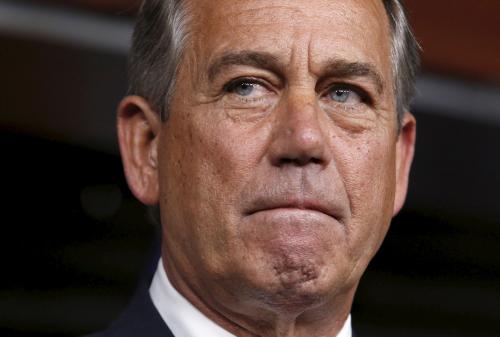
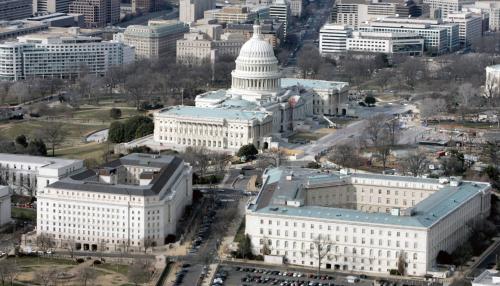
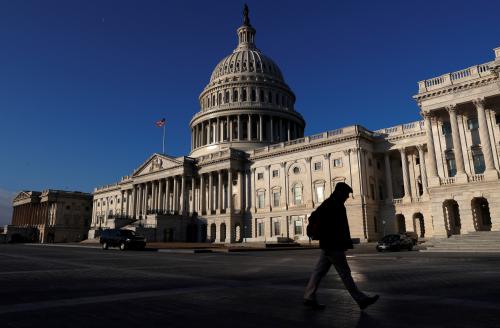

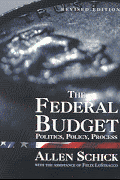
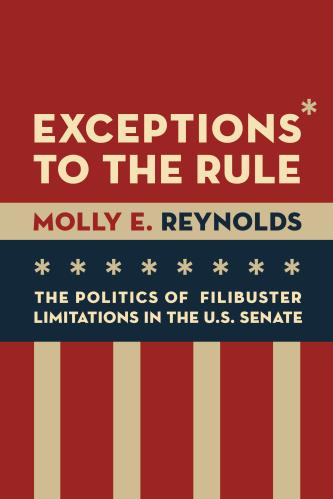




Commentary
Four takeaways from this summer’s budget deal
August 2, 2019